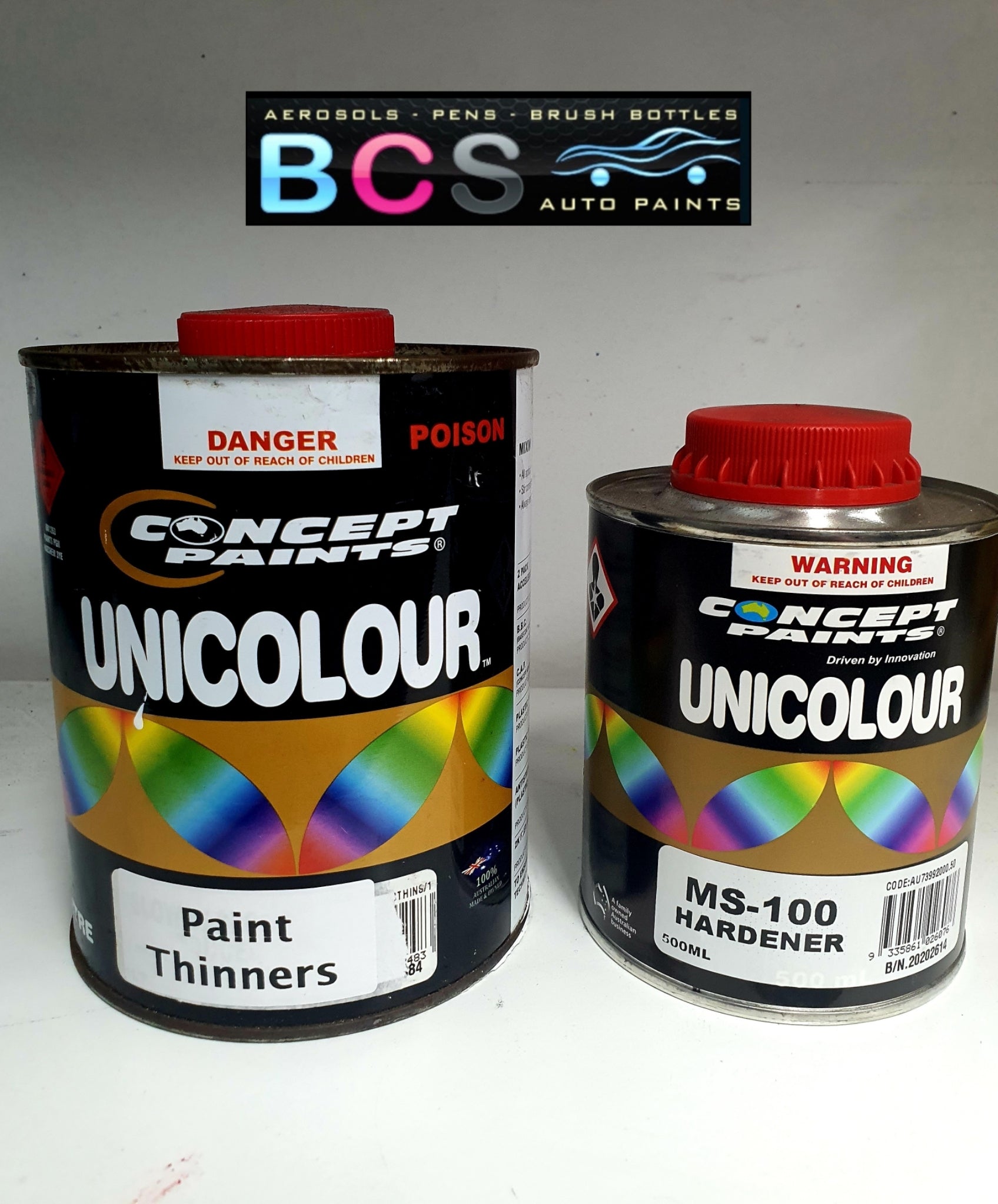When it comes to maintaining and enhancing the appearance of your vehicle, selecting the right auto paint is crucial. Whether you're looking to restore an old classic, repair a minor scratch, or completely overhaul the color of your car, the type of paint you choose can make a significant difference. Here's a comprehensive guide to help you navigate the world of auto paints and make an informed decision.

Types of Auto Paints
Acrylic Lacquer: Acrylic lacquer was popular in the 1950s and 1960s due to its glossy finish and ease of application. However, it has fallen out of favor because it lacks durability and is prone to chipping and fading. It’s mainly used today for vintage car restorations to maintain the vehicle's original look.
Acrylic Enamel: Acrylic enamel provides a hard and durable finish. It can be applied in a single-stage or two-stage process. In a single-stage process, the color and gloss are achieved in one application. In the two-stage process, a clear coat is applied over the base color, enhancing the shine and durability.
Acrylic Urethane: This type of paint is known for its durability and resistance to chipping and fading. It’s a preferred choice for many professional auto body shops. Acrylic urethane paint requires a more complex application process but offers a longer-lasting and more resilient finish.
Water-Based Paints: With increasing environmental regulations, water-based paints have become more common. These paints are eco-friendly and emit fewer volatile organic compounds (VOCs). They provide a high-quality finish and are now used by many major car manufacturers.
Factors to Consider When Choosing Auto Paint
Durability: Consider how long you want the paint job to last. Urethane paints are known for their longevity, while lacquer paints, although beautiful, are less durable.
Finish: Different paints offer different finishes. Lacquer provides a high-gloss, vintage look, while enamel and urethane can give a more modern, durable finish.
Application Process: Some paints are easier to apply than others. If you're planning to do the job yourself, you might prefer acrylic enamel or water-based paints due to their simpler application process.
Environmental Impact: Water-based paints are environmentally friendly and comply with stringent regulations regarding VOC emissions. Choosing these can reduce your environmental footprint.
The Importance of Proper Preparation
Regardless of the type of paint you choose, proper preparation of the vehicle’s surface is essential. This includes:
Cleaning: Thoroughly clean the car to remove any dirt, grease, or wax.
Sanding: Sand the surface to remove the old paint and create a smooth base for the new paint to adhere to.
Priming: Applying a primer helps the auto paint adhere better and provides a uniform base color.
Masking: Protect parts of the car that won’t be painted, such as windows and trim, to ensure a clean and professional finish.